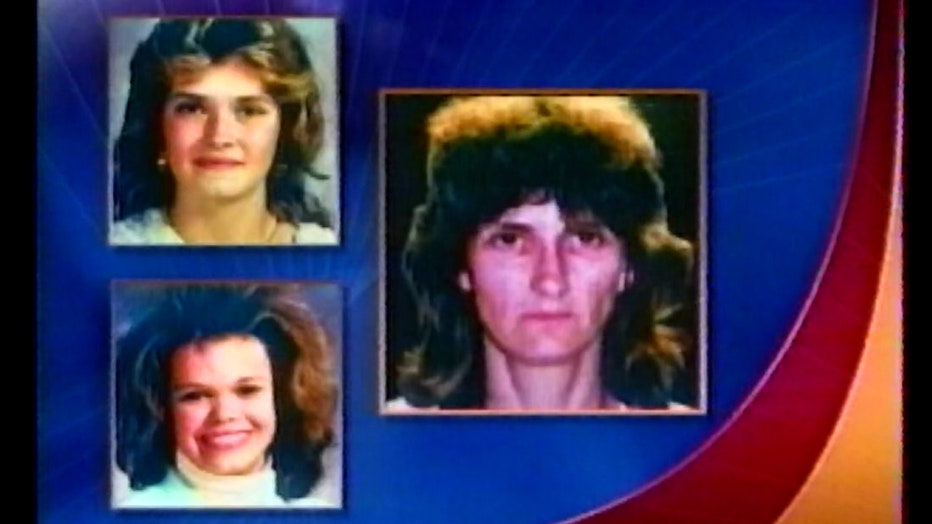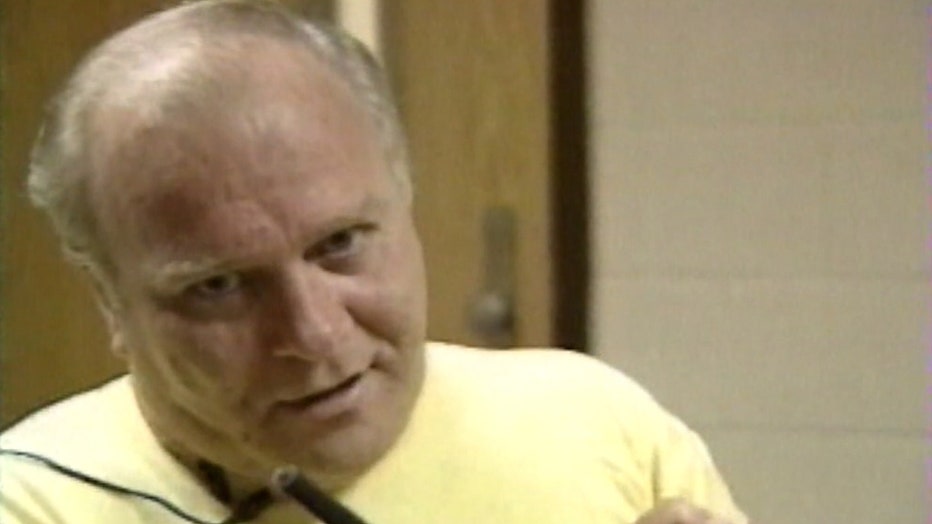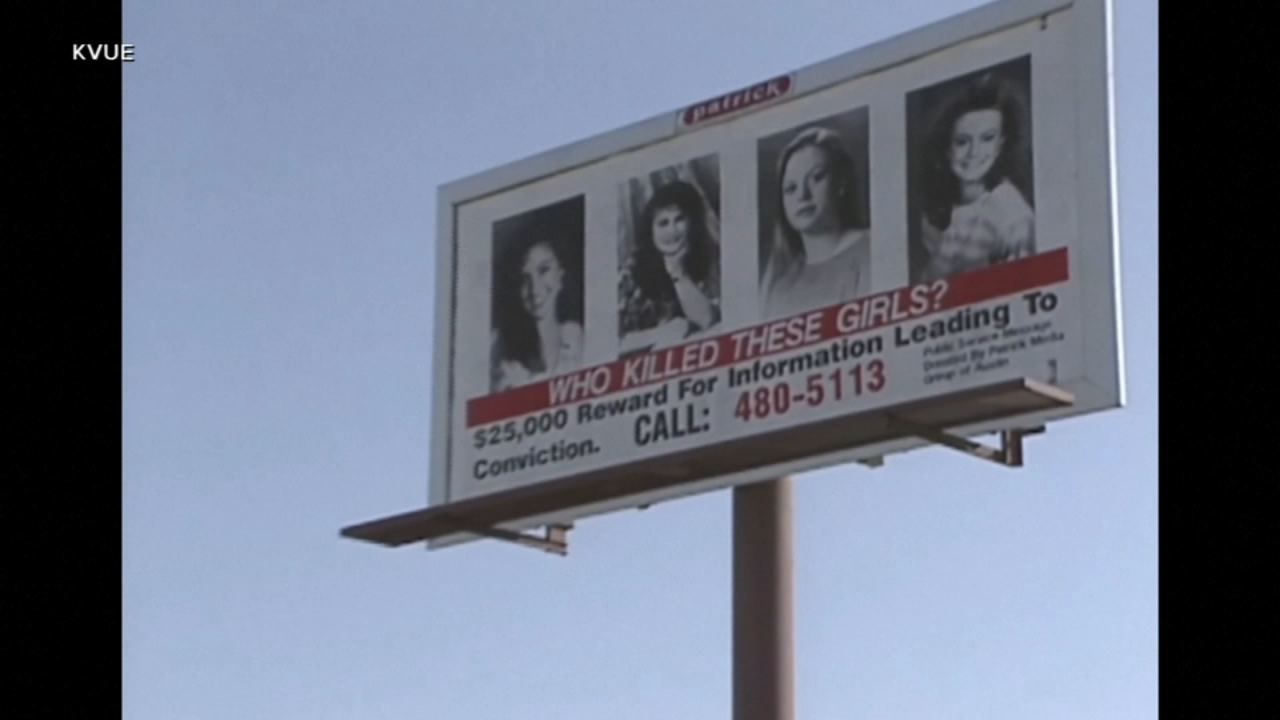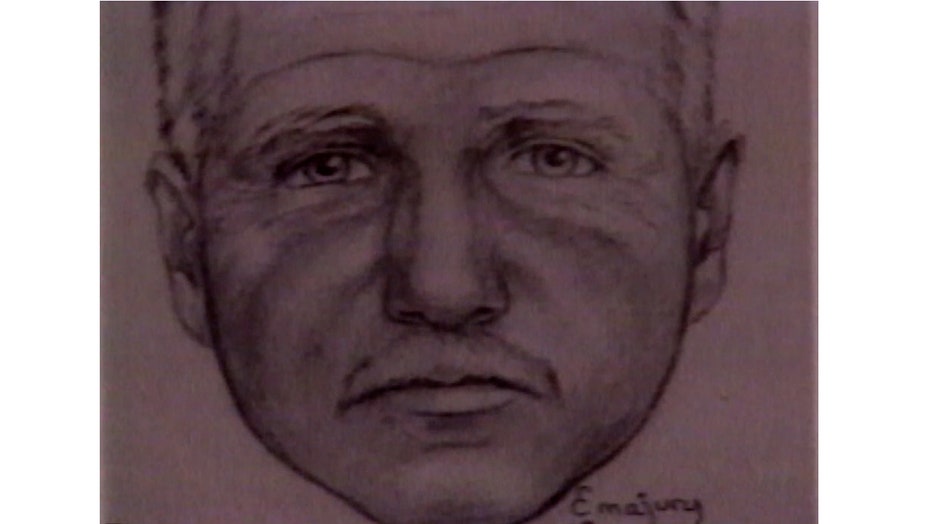It was a case that haunted Florida for years — a mystery steeped in tragedy, terror, and one of the most bizarre investigative breakthroughs in American crime history. In the summer of 1989, Jo Rogers and her teenage daughters, Michelle and Christy, vanished while on a family road trip through Florida. Days later, their bodies were discovered floating in Tampa Bay, bound, gagged, and brutally murdered.

For months, detectives hit wall after wall. No witnesses. No fingerprints. No clear motive. The Rogers family — kind-hearted tourists from Ohio — had simply disappeared into thin air, victims of a faceless killer who knew the waters of Tampa Bay far too well.
Then came the break that no one saw coming — a handwritten note.
During the investigation, police found a piece of paper in Jo Rogers’ car, containing directions written in an unfamiliar hand. Detectives believed it had been jotted down by the man who lured the family to their deaths. But the handwriting alone wasn’t enough — until one Florida detective decided to take a risk that would make history.

In an unprecedented move, the Clearwater Police Department enlarged the handwriting and plastered it across billboards throughout the state. Giant letters, scrawled in black ink, stared down from the highways:
🖋️ “Hey y’all — anyone recognize this handwriting?”
It was a bold, almost desperate gamble. But it worked. Within 24 hours, the phones began to ring. One call stood out — a woman claiming she recognized the handwriting instantly.
“It’s Oba Chandler’s,” she said.
That name would soon become synonymous with horror.

Chandler, a 43-year-old aluminum contractor living just miles from where the Rogers women were last seen, had a long, violent criminal history — robbery, assault, and sexual violence. He was known around town as charming but volatile. Investigators quickly linked him to the handwritten note — and then to the murders.
When questioned, Chandler coolly claimed he’d merely “given the women directions” the night they vanished. But detectives weren’t buying it. His story began to unravel when a previous victim — a woman who had survived a terrifying encounter with Chandler on his boat — came forward. Her account was eerily similar to the Rogers’ final night: a friendly stranger offering help… then turning violent once they were alone on the water.

The evidence piled up — fibers, handwriting, witness testimony — painting Chandler as a meticulous predator who used charm as a weapon. Prosecutors described him as “a man who hunted in plain sight.”
The trial was swift and brutal. Jurors took just a few hours to convict. “There was no doubt,” one juror later said. “We were looking pure evil in the face.”
Chandler was sentenced to death. Before his execution in 2011, DNA testing connected him to another unsolved murder, proving what investigators long suspected — the Rogers family was not his only set of victims.

The case became a landmark in law enforcement history — the first time a billboard featuring a killer’s handwriting directly led to an arrest. It revolutionized investigative techniques and showed that even the smallest clue, when amplified to the public, could shatter a case wide open.
To this day, the haunting story of the Rogers family stands as both a cautionary tale and a symbol of justice’s persistence. Their killer believed he’d left no trace. But in the end, his own handwriting — his signature, his arrogance — brought him down.
✍️ The billboard didn’t just reveal a killer. It revealed the power of human eyes — and the determination of those who refused to forget.





